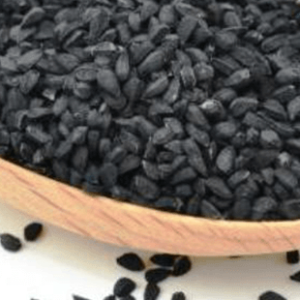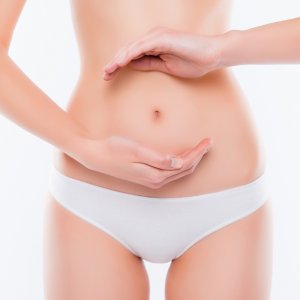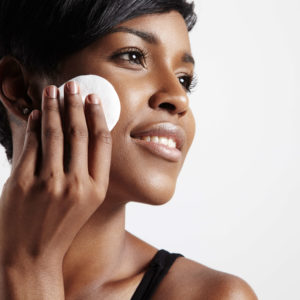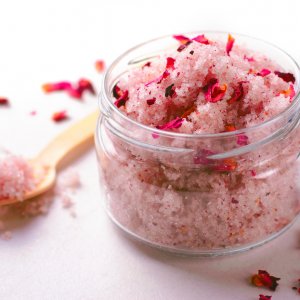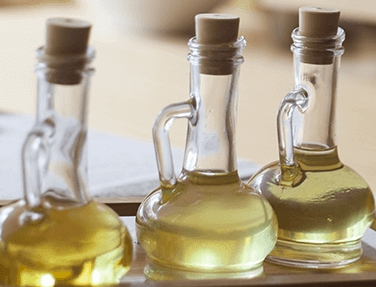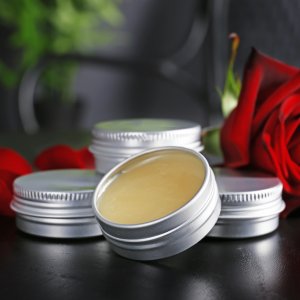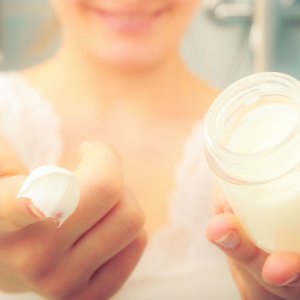The average person spends about one-third of his or her life sleeping. Our bodies replenish and repair while we sleep. But have you ever stopped to ponder what chemicals you are potentially exposed to as you snooze away? Check out this surprising information about mattress toxicity and how your mattress may be making you sick.

Do you know what’s in your mattress?
Squishy polyurethane foam provides padding and support. The problem is that it’s made from petroleum-byproducts and is extremely flammable. The Consumer Product Safety Commission (CPSC) requires all U.S. mattresses to be highly flame retardant. So mattress manufacturers use a variety of chemicals to make flammable polyurethane non-flammable.
Most mattresses also contain a number of volatile organic compounds (VOCs). These chemicals not only make mattresses flame retardant, they also emit potentially harmful gasses into your bedroom.
“If you value a toxin-free home, you have to consider not just food or cleaning and personal care products, but also the textiles and furniture you buy,” Jack Dell’Accio told me. He’s the founder of Essentia Mattresses, which are made from natural memory foam and free from VOCs. He created Essentia after a family member’s cancer diagnosis led him to look closer at toxins. “It’s something that hit home for me and I saw just how dangerous seemingly innocuous products are that we have in our homes”.
Here are just a few chemicals that may be lurking under your sheets.
Benzene
Benzene is a common solvent linked to anemia and leukemia and other types of cancers. Moreover, it may also have epigenetic effects. These genetic changes can result in increased susceptibility to diseases.
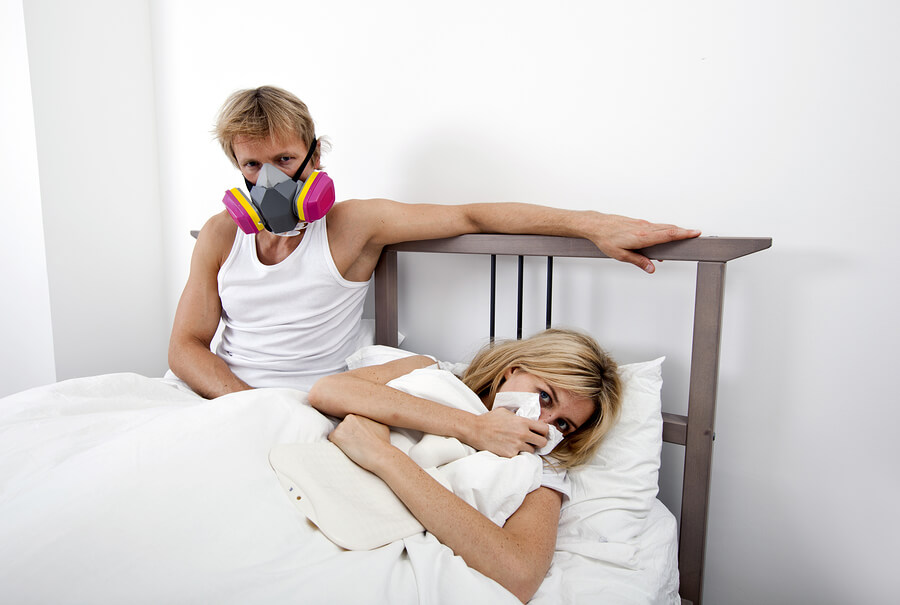
Formaldehyde
Also known as formalin, this chemical compound works as a glue in mattresses. It is a known pulmonary irritant. Symptoms range from allergies, wheezing, coughing, and congestion to severe asthma.
Vinylidene Chloride
1,1-Dichloroethylene, or vinylidene chloride, is a toxic substance according to the EPA. In small doses, this flame retardant can affect the central nervous system. Symptoms include convulsions, confusion, and even unconsciousness. It also has respiratory effects, such as inflammation of mucous membranes. Long term exposure can affect the liver, kidneys, and lungs.
Polybrominated Diphenyl Ethers (PBDEs)
Europe banned certain PBDEs. Increasing evidence shows that they cause thyroid, liver, and neurodevelopmental toxicity. Furthermore, they accumulate in human breast milk. Not only that, but PBDEs also cause thyroid disruption and even thyroid cancer. Mattresses, couches, and other cushioned textiles often contain this flame retardant.
You Get the Idea
The list of potential chemicals in your mattress goes on. Those listed here are just some of the most common ones used in mattress manufacturing. Sadly, what many consumers don’t realize is that many of the mattresses we see on the market today aren’t actually manufactured by that company. This means the rules regarding what they can or cannot say about the ingredients in their product are even more loose.
What do I mean by that? Most mattresses are basically assembled in the U.S. while the actual manufacturing takes place elsewhere. Commonly, the foam layer is simply imported. Since that company isn’t responsible for making that actual layer, they do not have to disclose exact ingredients and or uphold a higher standard with their marketing claims. Think soy foam is good for you because it says ‘natural’? Think again! Most soy foams on the market are still more than 60% petroleum foam with a bit of soy added in. This trickery is common to lure you into a false sense of security with your ‘natural’ mattress.
In reality, even with careful research, you may not be able to discover the truth about what’s in your mattress unless you purchase from a company that actually manufactures their own product. This means they uphold a different standard or accountability than those mattress companies you see advertising all over your Facebook newsfeed.
So How Do You Protect Yourself?
There are a couple organizations that rate mattresses and other textiles. Look for their seal of approval before purchasing your new bed.
- Global Organic Textile Standard (GOTS) is a worldwide textile processing standard for organic fibers. Textile products must contain a minimum of 70% organic fibers to receive GOTS certification. Additionally, all chemical inputs must meet certain environmental and toxicological criteria. This prohibits the use of certain substances, including flame retardants and polyurethane.
- Global Organic Latex Standard (GOLS) applies to rubber and latex materials. A product must contain more than 95% certified organic raw material to receive this seal of approval.

A Better Choice
I spent months looking for a cool, comfortable, natural mattress that doesn’t contain polyurethane and VOCs. What I found was Essentia. They manufacture a natural memory foam mattress free of harmful toxins, allergens and off-gassing found in synthetic mattresses. The blend of organic latex and plant-based materials like cotton creates a mattress I can feel better about. Not to mention Essentia manufactures all of their foams and mattresses in their GOLS and GOTS certified organic factory. Essentia mattresses are even completely biodegradable when left to the elements (sun, rain, wind) for three years
And that results in a better night’s sleep.
For more information, visit Essentia’s website. The mattress comes with a 120-day money back guarantee. Plus, they offer free shipping in the continental U.S. and Canada and a 20 year warranty. So what have you got to lose? Learn more→
How About You?
Are you ready to ditch your mattress and find a better solution, or are you going to take your chances?
Looking for more education on all things health and wellness? Come on and !


